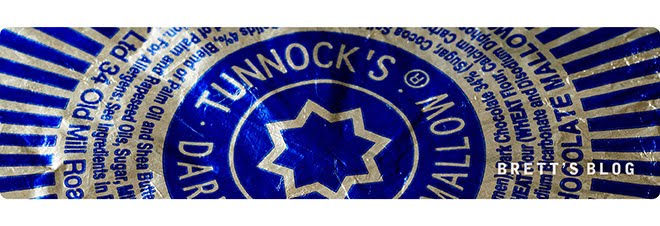
I purchased my first Praktica SLR in the late 1970s. It was as basic as a basic thing, but the images I captured with it made me realise how much I enjoyed the art/discipline of photography. From there I moved through a range of SLR 35mm film cameras, including a Pentax ME Super and a Minolta 700.
During that time I also invested in an Olympus XA, one of the first proper 'compact cameras'. It taught me the very old truth that 'the best camera is the one you have with you'. I carried it with me everywhere, on my motorcycle, in my briefcase, and often in my anorak pocket. And as a result, many of my favourite images were captured with it.
My first adventure in digital photography was with a Ricoh RDC-i700 an 'ahead-of-its-time' 3 megapixel compact, with a zoom lens, and an articulated, touch-enabled viewing screen.
My first DSLR was a Sigma SD9. It was big, bulky and slow. But its Foveon processor produced 'film-like' results as long as there was enough light.
After that I worked my way through a range of compact digital cameras, moving from Fuji to Panasonic.
And then came Micro Four Thirds. A joint venture by Olympus and Panasonic to produce a 'mirrorless' interchangeable lens format that would combine the portability of digital compacts with the image quality of 'conventional' DSLRs.
In June 2009, I purchased a Panasonic G1, complete with a 14-45 and 45-200 zoom lens. It was a revelation, small enough to carry in my backpack, but capable of producing images that compared favourably with DSLRs 3 times its price and bulk.
I took thousands of pictures with this camera, and added a couple of 'prime' lenses to my kitbag, the Lumix 20mm f/1.7 and 14mm f/2.5. I dabbled with a RAW workflow, but didn't see big enough quality improvements to stick with it.
Panasonic released a number of newer models, and I tried them all, never seeing enough advantages to upgrade. And when the GH3 arrived, it was noticeably bigger than the older models, and very much angled towards video performance, an area I have no interest in at all.
And so I decided to take a look at the Olympus OM-D EM-5 (quick plug here for SRS Microsystems in Watford. The staff are helpful, patient and well-informed).
My first impressions were not overwhelmingly positive. I'm not a big fan of its 'retro' styling, preferring the ergonomics of the G1, especially its articulating screen (the Olympus only tilts in one plane).
However, the OM-D's speed/accuracy of focus is superb. As is the electronic viewfinder. And the 'in body' image stabilising is very attractive as I am not blessed with steady hands. I had seen the quality of images it was capable of producing, so decided to take the plunge. It came with a 12-50mm macro zoom, and a 'voucher' to send off for a free 45mm f/1.8 lens.
Since then I have spent a few months with the camera, and am very pleased with it. The initial images were not as good as I hoped, but a quick browse through some online forums encouraged me to shoot RAW. This was a revelation, and I now shoot exclusively in RAW, using Lightroom, Aperture and Photoshop for my post-processing work.
Its low-light ability allows me to take very acceptable pictures at ISO 1600, which combined with its superb image stabilising system means that even in quite dimly lit situations, I can take well-exposed, clear pictures. The colour/white balance is very good, even in difficult lighting situations, and skin tones are superb.
And the ability to touch the screen on the area you want to focus on is a big improvement over the traditional 'focus, hold shutter button half-way down, recompose shot, take photo'.
I do miss the articulated screen, both when using the camera, and for the peace of mind it gives being able to fold it 'face-in' to the camera when it is not in use. And it doesn't fit as well in my hands as the G1. But the OM-D is definitely my new favourite camera.
------------

No comments:
Post a Comment